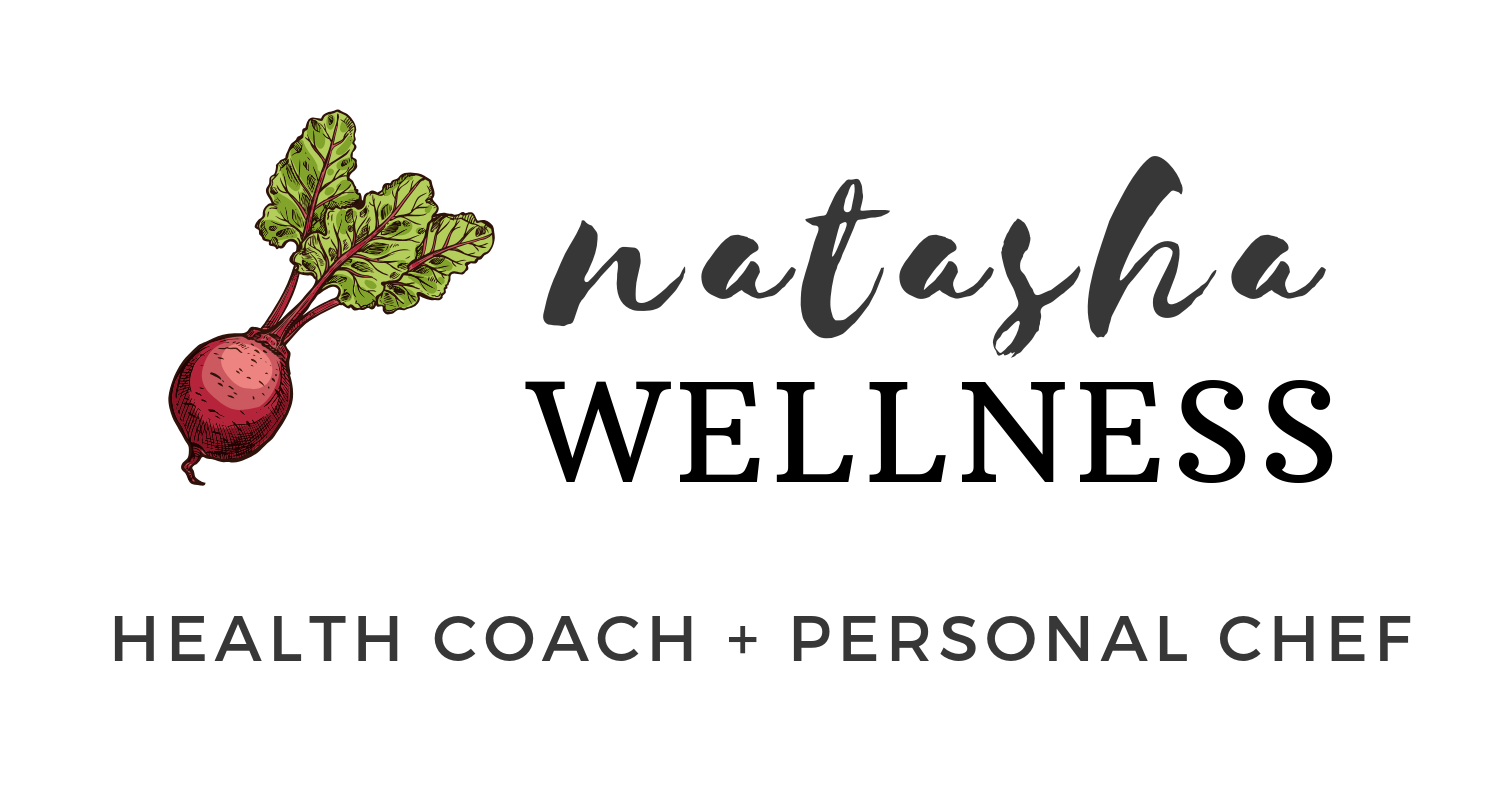Most of us understand that mindfulness is a way to quiet ourselves and find some sort of peace. We may think of blue skies, soft winds, or our quiet, slow breath--the perfect sounds of silence. We are taught that mindfulness is an awareness experienced by paying attention on purpose. While it may sound like an obvious and natural task, mindfulness is more than a flawless moment of stillness and calm. It occurs by engaging in a being state of mind: a way to experience the quality of the present moment by intentionally connecting directly with life.
Being mindful (emphasis again on being) allows our minds and bodies to tune in to the world around us, focusing on what we are doing while we are doing it, instead of dwelling on our scattered thoughts about the past or future. It's not about being still, but finding stillness in midst of all the noise. Mindfully living in the moment--nonjudgmental to way things are--allows us to gain insight into our lives.
Picture this: After a long winter, you step outside to feel the first sun on your skin and, in that moment, pause just long enough to feel its warmth, thinking of nothing except for the way it wakes up your soul. But as you step back inside, your mind suddenly scatters, immediately taking note of the clock racing forward and the loud sound of lawnmowers outside. Post-it's hang loosely from the fridge, pantry, and mirrors. You're sitting in the kitchen, staring at the clock, wandering about nothing and everything at the same time, irked by everything that needs to be finished, fixed, and figured out. Sound familiar? Your being state of mind suddenly hijacked by mundane messes of everyday life.
In moments like these, I ask myself, “if mind is able to connect so deeply to a place of stillness, then could its same power function to disconnect from a state of stress?" Learning how to be more mindful amidst some of life's less quiet moments begins with, first, learning how to be mindful.
Pause long enough to know where your thoughts are at in that moment
Let go of what's on your mind
If your mind wanders, recognize it-- but don't give yourself a hard time.
Gently bring your attention back to your breath
Connect fully to your senses. Notice the natural scent of freshly-cut grass, the soft feel of clothes from the dryer, the sweet taste of your favorite meal.
Along with learning how to be mindful, also consider where to begin your practice. Yes, you can curl up in the comfort of your own home. In fact, nestling in highly recommended.
You may have heard some hype about hygge last winter: a Danish concept honoring the art of all things warm and fuzzy. Hygge literally translates to "coziness," representing a sanctuary of well-being, created by surrounding yourself with a soothing atmosphere of warmth, comfort, and safety. Light a candle. Display your favorite photo. Grab your best blanket. Seep the tea. Wrap yourself up in a gentle space that breathes peace, pleasure, and ultimate presence. Savor the healing power of hygge.
While mindfulness can't magically erase life's distractions, it can help us to respond to them in a way that is more kind to ourselves and our surroundings, as opposed to endlessly focusing on the gap between where you are and where you want to be. Translation: You --in this present moment--are enough.
While the outside world is not always a place of clarity, mindfulness teaches us that it is possible to find a place of peace and insight within ourselves. To feel joy where we are right now. The best part? We can go there whenever want, if we allow our thoughts to guide us. I suppose our minds are kind of magical after all.
In a haste-driven culture of doing, how will you be more mindful?
If you’re a morning person (and mostly if you’re not), stay tuned for next week’s post on techniques for starting your morning off right @www.natashawellness.com.
RESOURCES
The Mindful Way Workbook| by John Teasdale, Mark Williams, Zindel Segal
Spirituality and Health Magazine| Global Wellness Institute |https://www.globalwellnessinstitute.org/
Wellness Evidence| http://www.wellnessevidence.com/wellnessevidence/meditation/\research?learn-more=1

